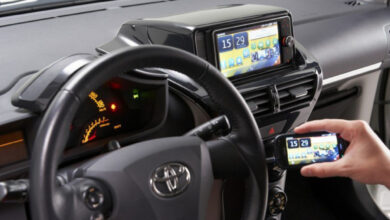Why Preventing Cybersecurity Attacks Should Be Top of Mind
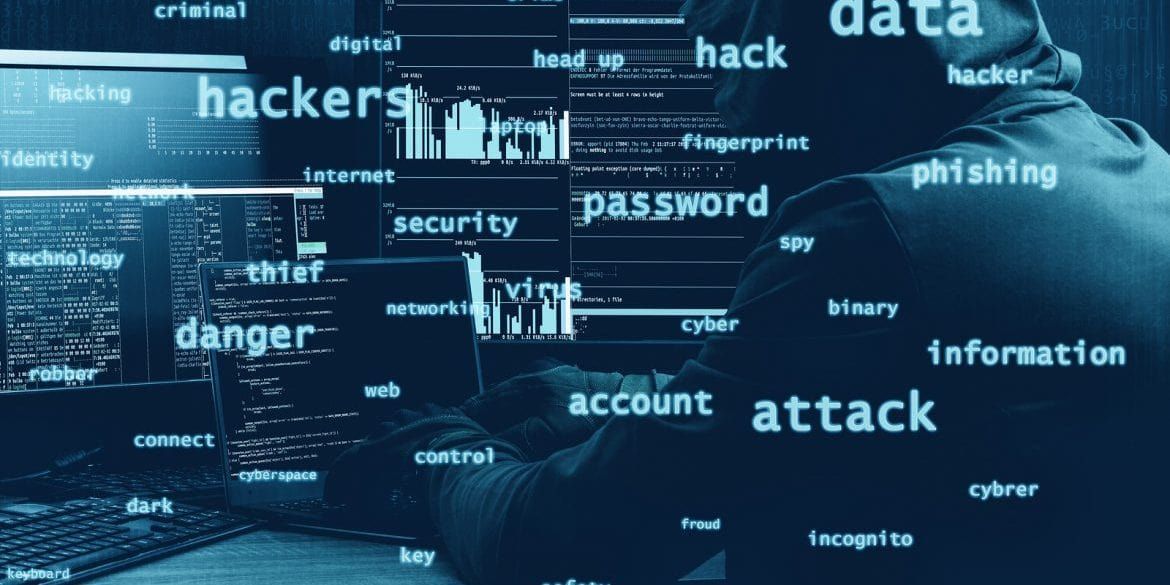
Cybersecurity has become a critical issue for individuals, businesses, and governments worldwide. With the increasing reliance on technology in all aspects of our lives, the threat of cyberattacks is more significant than ever before. Hackers, cybercriminals, and nation-state actors are constantly finding new ways to exploit vulnerabilities in our systems and steal sensitive information. Preventing cybersecurity attacks should be top of mind for everyone, as the consequences of a successful attack can be devastating. We will explore the various reasons why preventing cybersecurity attacks is so important and ways to avoid cybersecurity attacks.
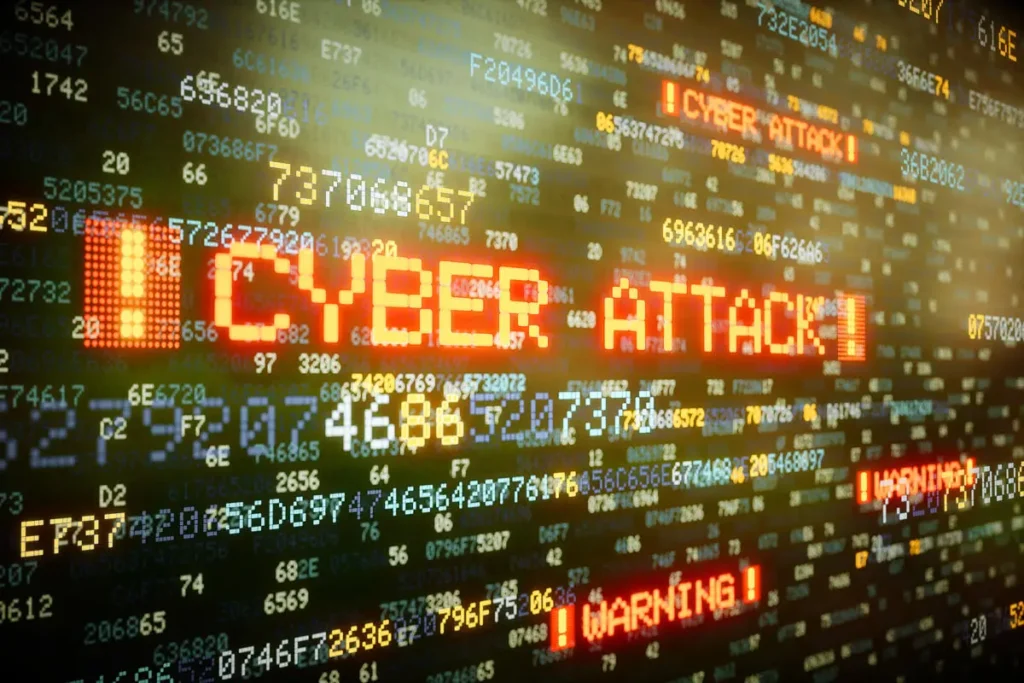
- Cyberattacks can lead to the theft of sensitive information, such as personal data, financial information, and intellectual property. This can result in financial loss for individuals and organizations and damage to reputation. For example, suppose an attacker gains access to a company’s customer database and steals credit card information. In that case, the company may face significant financial losses from fraudulent charges and damage to its reputation if customers lose trust in the company’s ability to protect their personal information.
- Cyberattacks can also cause a financial loss by disrupting business operations. For example, a ransomware attack can encrypt a company’s files, making them inaccessible until a ransom is paid. This can cause significant downtime and lost productivity, resulting in financial loss. Additionally, if an attacker gains access to a company’s network and disrupts its operations, it may cause the company to lose customers and revenue.
- Cyberattacks can disrupt critical services, such as healthcare, transportation, and power grids. This can have severe consequences for public safety and national security. For example, if a healthcare organization’s computer systems are compromised, it could risk patients’ lives by disrupting critical care delivery. Similarly, if a transportation company’s systems are attacked, it could cause delays and disruptions that affect the entire transportation network.
- The increasing sophistication and automation of cyberattacks make detecting and preventing them more challenging. Attackers are constantly developing new techniques to bypass security measures and exploit vulnerabilities. This means that organizations need to stay up-to-date with the latest security measures and technologies to protect themselves. This includes software and hardware solutions, employee training, and incident response planning.
- The increasing number of connected devices, such as IoT devices, makes it more challenging to secure networks and protect against cyber threats. These devices may have a different level of security than traditional computers and servers, making them more vulnerable to attacks. Additionally, many IoT devices have limited processing power and memory, making running traditional security software difficult. Organizations must find new ways to secure these devices and protect them against threats.
- Cyberattacks can also lead to loss of privacy, as attackers can access personal data, emails, and messages, which can be used for malicious purposes such as identity theft, extortion, or blackmail. For example, if an attacker gains access to an individual’s personal information, they can use it to open credit card accounts, take out loans, or even commit identity fraud. Additionally, if an attacker gains access to an individual’s emails or messages, they can use that information to extort or blackmail them.
Ways To Avoid Cybersecurity Attacks
1. Employee Education
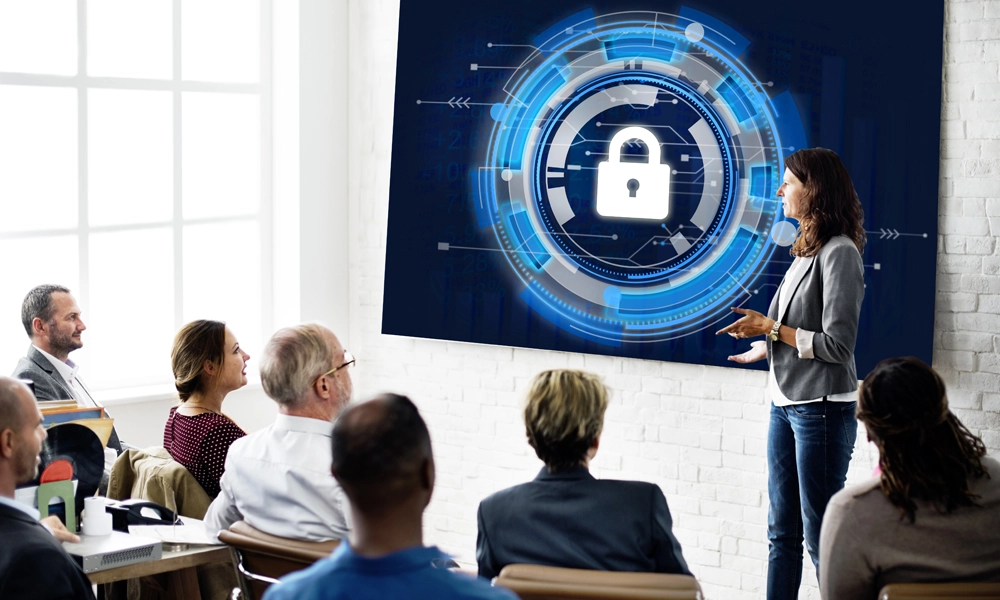
One of the most important ways to prevent a cybersecurity attack is by educating employees on the latest threats and recognizing suspicious emails, links, and attachments. They should be trained to verify the sender before opening attachments or clicking on links. They should also be taught to use strong, unique passwords and to avoid using personal information as security questions. Employee education is crucial because it’s often the first line of defense against cyber-attacks.
2. Reliable IT Provider
A reliable in-house or managed IT provider is another important defense against cyber-attacks. These professionals can help companies keep their software and systems up to date and provide ongoing monitoring to detect any potential security breaches. They can also provide guidance on best practices for securing networks and devices and implement security measures such as firewalls and antivirus software.
3. Firewalls and Security Software
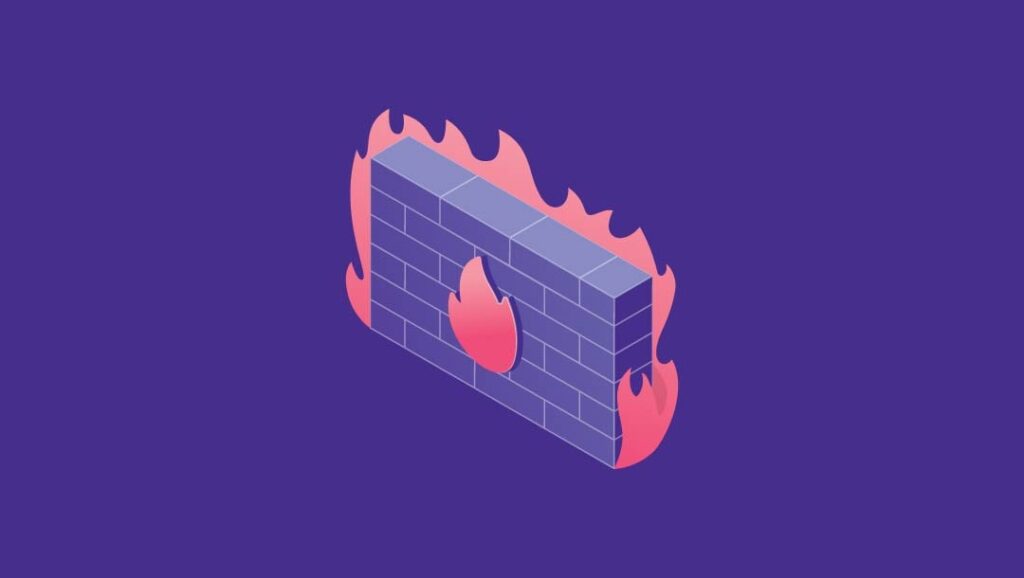
Firewalls and other security software can provide an additional layer of protection against cyber-attacks. Firewalls are a barrier between a company’s network and the internet, blocking unwanted traffic and potential threats. Security software such as antivirus and anti-malware programs can detect and remove malicious software, such as viruses and spyware, from a company’s systems.
4. Regularly Backup Data
Regularly backing up critical data can help prevent data loss in the event of a cyber-attack. This can include data from servers, laptops, and mobile devices and should be stored in a safe and secure location, such as an offsite cloud-based storage service. It’s essential to test the backup regularly to ensure it can be restored. This will help avoid paying the ransom in case of a ransomware attack.
5. Content Delivery Network and Web Application Firewall

A Content Delivery Network (CDN) and a Web Application Firewall (WAF) can help prevent DDoS attacks by detecting and blocking malicious traffic before it reaches the target server. A CDN is a group of servers distributed worldwide that can quickly deliver web content to users. A WAF is a security solution that monitors and filters incoming traffic to a web application.
6. Strong Password Policy
A strong password policy can help prevent brute-force attacks. This can include requiring employees to use complex, unique passwords and regularly updating them. Two-factor authentication can also be used to add an additional layer of security. Password manager and biometrics options are also good ways to boost security.
7. Keep Software and Systems Up to Date
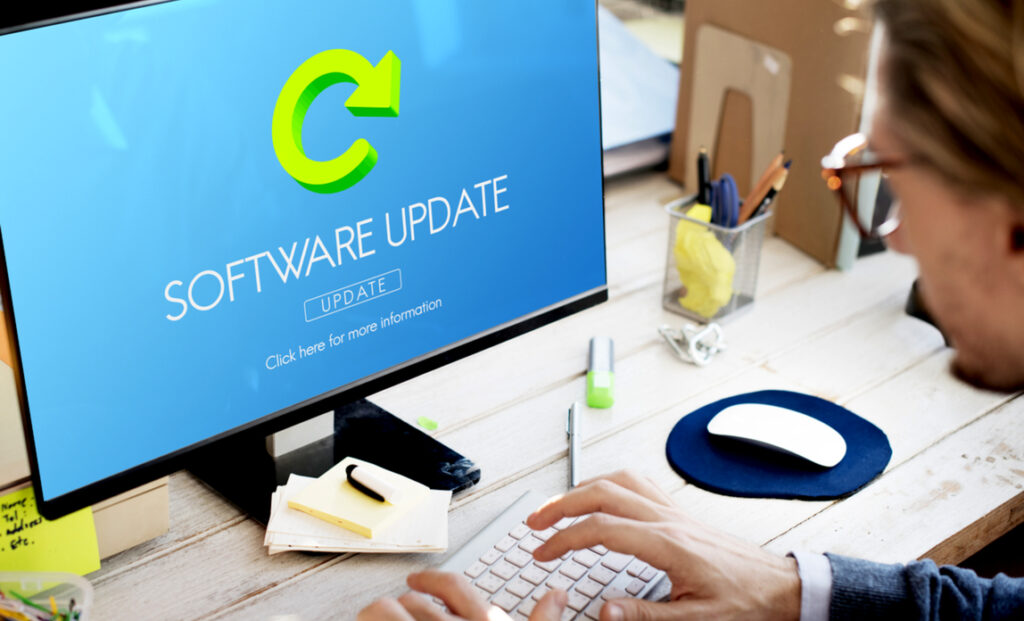
Keeping all software and systems up to date is essential to prevent cyber-attacks. Software updates often include security patches that address known vulnerabilities. It’s also important to regularly review and update security settings and configurations to ensure they are in line with the latest best practices.
8. Monitor and Detect
Companies should also implement ongoing monitoring and detection methods to identify potential security breaches as soon as possible. This can include monitoring for unusual network activity, reviewing log files, and setting up alerts for potential security threats. This will help to quickly identify and respond to any security breaches that do occur.
One example of a cybersecurity breach is the 2017 WannaCry ransomware attack. This attack affected over 200,000 computers in 150 countries, causing widespread disruption and damage to businesses and organizations. The attack exploited a vulnerability in older versions of the Microsoft Windows operating system, allowing the ransomware to spread rapidly through networks.
One of the best defenses against this type of attack is to keep software and systems up to date. In this case, Microsoft released a patch for the vulnerability before the attack, but many organizations had not yet applied the update. Companies can close known vulnerabilities and prevent attackers from exploiting them by regularly updating software and systems.
Another defense is to back up data regularly. In the case of the WannaCry attack, those with regular backups could restore their data without paying the ransom. This is an effective way to prevent data loss in a ransomware attack.
Employee education is another vital defense against social engineering attacks, such as phishing emails that spread the WannaCry ransomware. By educating employees on recognizing and reporting suspicious emails, companies can reduce the risk of falling victim to these types of attacks.
A strong password policy and two-factor authentication can also help prevent brute-force attacks. This will make it more difficult for attackers to access the networks and systems.
Companies should consider using a Content Delivery Network (CDN) and a Web Application Firewall (WAF) to protect against DDoS attacks. These solutions can detect and block malicious traffic before it reaches the target server.
The WannaCry ransomware attack serves as a reminder of the importance of staying vigilant and taking proactive measures to protect against cyberattacks. By keeping software and systems up to date, regularly backing up data, educating employees, implementing a strong password policy, and using a CDN and WAF, companies can significantly reduce the risk of falling victim to a cyber-attack.
Preventing cybersecurity attacks should be a top priority for all companies. By educating employees, having a reliable IT provider, a good example of one would be MyTek, helping you implement security software, regularly backing up important data, and staying up-to-date on the latest threats, companies can significantly reduce the risk of a cyber-attack. Remember that cyber-attacks can happen to anyone, so it’s essential to be prepared and take proactive measures to protect your business and your customers’ data.

